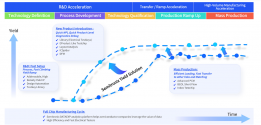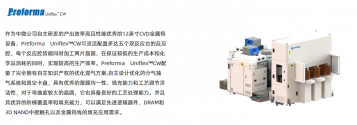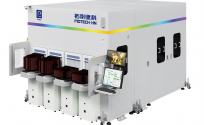1.6 billion capital increase finalized! Silan Microelectronics' 12-inch production line has made the latest progress
Recently, Hangzhou Silan Microelectronics Co., Ltd. (hereinafter referred to as "Silan Micro") announced that it plans to jointly increase the capital of its joint-stock company Xiamen Silan Jike Microelectronics Co., Ltd. (hereinafter referred to as "Silan Jike") by RMB 1.6 billion with Xiamen Semiconductor Investment Group Co., Ltd. (hereinafter referred to as "Xiamen Semiconductor") to support the construction and operation of its 12-inch integrated circuit chip production line. Silan Micro will invest RMB 800 million and subscribe to the newly added registered capital of Silan Jike of RMB 740,775,036.
Official data shows that if the capital increase is implemented smoothly, it will further increase Silan JiKe's capital adequacy ratio and provide financial support for the construction and operation of Silan JiKe's 12-inch integrated circuit chip production line.
It is reported that Silan JiKe's 12-inch specialty integrated circuit manufacturing production line project, with power semiconductor chips and MEMS sensors as its main products, has a planned total investment of RMB 17 billion and will build two 12-inch chip production lines; the first power semiconductor chip manufacturing production line has a planned production capacity of 80,000 pieces/month, with a total investment of RMB 7 billion; the second chip manufacturing production line has an investment of RMB 10 billion.





